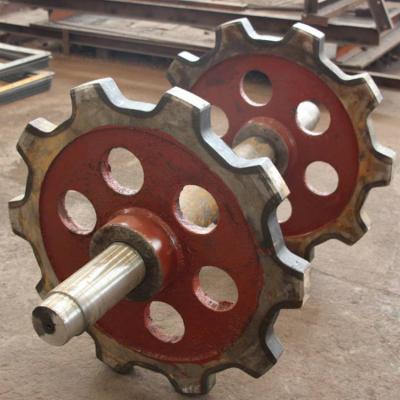The transmission application and lubrication of the chain
Transmission Application of Chain
Chain transmissions are widely used in various applications due to their efficiency, reliability, and versatility. Some common applications include:
-
Automotive Industry: Chains are used in vehicles for power transmission in engines, timing systems, and drivetrains.
-
Industrial Machinery: Industrial equipment such as conveyor belts, packaging machines, and printing presses utilize chain transmissions for motion control.
-
Agricultural Equipment: Tractors, harvesters, and other agricultural machinery employ chain transmissions for power delivery.
-
Bicycles and Motorcycles: Chains are crucial components in bicycles and motorcycles for transferring power from the pedals or engine to the wheels.
Lubrication of Chain Transmission
Proper lubrication is essential for maintaining the performance and longevity of chain transmissions. Here are key points regarding lubrication:
-
Type of Lubricant: Use chain-specific lubricants that offer good adhesion, penetration, and resistance to fling-off. These lubricants are designed to withstand high pressures and provide adequate protection.
-
Lubrication Interval: Regularly lubricate the chain transmission based on the manufacturer's recommendations or operating conditions. Typically, chains should be lubricated every few hundred miles or hours of operation.
-
Application Method: Apply the lubricant evenly along the length of the chain while rotating the chain to ensure full coverage. Avoid over-lubrication, as excess lubricant can attract dirt and debris, leading to accelerated wear.
-
Cleaning: Before applying fresh lubricant, it's essential to clean the chain to remove old lubricant residue, dirt, and grime. This helps maintain optimal performance and prevents premature wear.
By following proper lubrication practices and maintenance routines, you can ensure the efficient operation and extended lifespan of chain transmissions in various applications.



